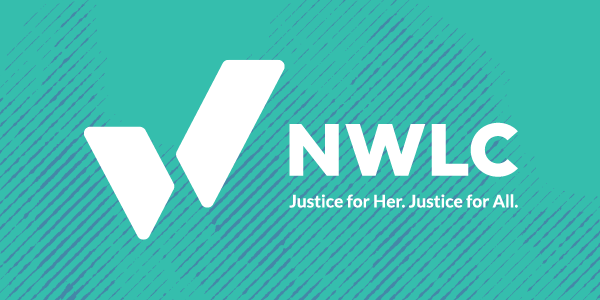This is How Poor Data Collection Erases Racial Groups in Health Care

There is research on racial and ethnic disparities in health care, but we need consistent and detailed data on a variety of groups to address the health conditions different groups face.
Currently, many surveys and studies fail to provide inclusive categories for race, ethnicity, gender identity, and sexual orientation. For example, the Census does not collect any data on gender identity or sexual orientation, and it doesn’t provide adequate response for individuals and communities of color to identify their race and ethnicity. Six categories are offered for people to choose from: White, Black or African American, Asian, American Indian/Alaskan Native, Native Hawaiian/Pacific Islander, or Other. They may also provide a write-in option to specify and identify a race that is often grouped into one of these six categories.
When people are not given the option to fully and accurately identify themselves, they are either forced to claim a community they do not identify with or be rendered invisible—placing them into the ‘other’ category. This ‘other’ group rarely provides useful or applicable information given the variety of people included in this category.
For example, the past Census did not include a Middle Eastern/North African race category, forcing people in these communities to choose from categories they do not necessarily identify with, such as “white.” Data for white and Middle Eastern groups could be uniquely distinct, but without allowing people to accurately capture their racial identities, we can’t recognize the differences.
Similarly, people from the 48 countries in Asia are grouped into one monolithic category: Asian. This single category creates the impression that individuals from Asia are homogeneous, although there are a variety of cultures and communities with distinct health conditions.
When examining Asian Americans as a whole group, 5.4% of Asians have heart disease. However, based on communities within Asia, Korean Americans are less likely to have heart disease (3.6%) compared to all Asians and South Asians are more likely to have heart disease (8.3%). These figures show that more resources to prevent heart disease should go to South Asian Americans, yet when 48 countries are combined into one racial group, these differences disappear and mask important health conditions needing attention.
For the medical community to better understand health conditions in those populations, and specifically at the intersection of race and gender, data collection must have more racial and ethnic groups options. While some datasets provide detailed racial breakdowns for subgroups of the six traditional racial groups, we need consistent and usable data for specific groups. Populations of color and women are subject to racial and gender disparities and women of color demonstrate far greater health disparities.
When populations of women of color are smaller, such as Native American women, oversampling data is important to understand health status. When we do not collect adequate sample sizes for groups, the small numbers prevent us from performing a reliable statistical analysis. This leaves us with few usable data points to identify specific health issues affecting women of color.
Lumping small racial and ethnic populations into non-representative groups makes these communities and their health needs invisible, which makes it harder to prevent and treat them. To better understand and support communities, we must provide more race and ethnicity options when collecting data.





